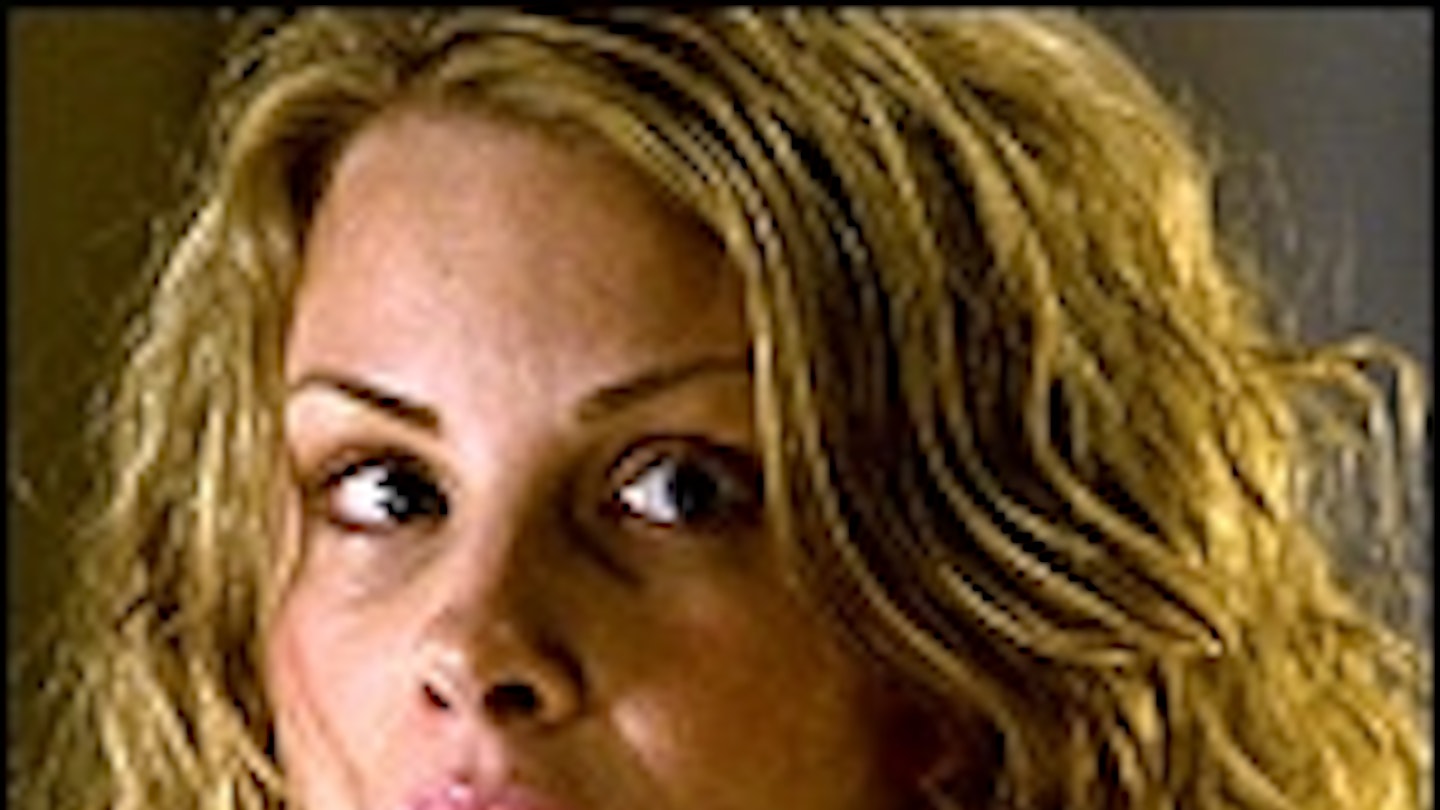The makers of this new Last House On The Left would not impress the mathematician in Jurassic Park who cautioned against people being “so preoccupied with whether or not they could, they didn’t stop to think if they should”. The only reason this exists is that the 1972 original is on a list of horror films that retain name recognition generations on, and the industry — having mined gold with redos like The Texas Chain Saw Massacre and The Hills Have Eyes — needs to tick this one off too.
Remakes are often necessary. Wes Craven’s Last House was a loose remake of Ingmar Bergman’s The Virgin Spring, translating a medieval Swedish folk tale into Vietnam-Watergate America, straddling (not always successfully) the divide between grindhouse exploitation and gruelling art. Refused a theatrical certificate in the UK and banned again as a video nasty in the 1980s, it remains upsetting, disturbing and interesting, despite comedy relief cops tipped in from Paul Blart. That this slicker, less melodramatic redo unproblematically secured an R rating in America and can be released here without controversy shows how far from its roots the story has come.
Greek director Dennis Iliadis and a good cast (man-to-watch Dillahunt is an interesting, slow-burning bad father) do what they can, but the film never escapes its own pointlessness. The abuse and gore are mild compared with the old movie or recent horrors like the Hostel films, and the camera’s ogling of teenage girls is circumscribed by the fact that only the adult psycho bitch (Riki Lindhome, the sadistic nurse from Changeling) does nudity. It fills in the shock gap with too many thwarted escape attempts or hokey in-the-knowisms (reminded of the original’s biggest lazy coincidence, Krug gasps, “What are the odds?”).
The screenplay makes plot sense and reins in psycho behaviour to near-credibility, which weirdly misses the point — trying to make a ‘proper’ film out of material that was defiantly grotty but unforgettable. In 1972, Craven forced audiences to reassess their attitudes to violence, offscreen and on. Here, a couple of character and plot changes let you off the hook and — down to the ridiculous comedy splat coda — a thought-provoking ordeal is repackaged as a middling shocker which leaves you feeling good about revenge.

